When Computers Were Women, 2021
four hand-woven Jacquard wall hangings made of recycled cotton, organic cotton and lambswool, 70cm x 300cm each
When Computers Were Women is one of a number of artworks resulting from a three-year exploration of feminist critiques of physics. It juxtaposes automated and human gendered labour practices in weaving and scientific computing, and criticises computing history narratives which claim Jacquard’s loom as a proto-computer while suppressing the longstanding role of women in both weaving and computing histories.
A programme for a CERN physics experiment, stored on 2,131 computer punchcards, was translated into Jacquard weaving punchcards to hand weave a series of four wall hangings. The wall hangings depict a literal translation of the computer programme to loom punchcard, a visual interpretation, and a hanging that visualises the making process by incorporating a sample of every weave test made during the project.
Weaving has long been associated with women’s work. Freud wrote that women’s only contribution to invention in the history of civilisation—‘that of plaiting and weaving’—was simply an unconscious imitation of Nature’s model of public hair! Jaquard’s mechanism and other ‘labour-saving’ technologies pushed not only women out of weaving, but human labourers altogether. A single weaver and a computer-controlled loom can create in days what previously took many skilled workers months to achieve.
Similarly, the early history of computing (& its use in science) is defined by the large numbers of women who worked as technicians and programmers on everything from wartime ballistics calculations to weather forecasts. As computing developed and programming became an increasingly specialised job, the women who had essentially invented the field were pushed out, their participation erased.
With thanks to: Claire Adam B and Melissa Gaillard at CERN; Rebecca Ough of AW Hainsworth; Henry Cooke; Libby Kates and the incredible all-women team of weaving magicians at Dash & Miller in Bristol; Konrad at Meow Studios in Edinburgh; and Andrea Roe at the Edinburgh College of Art.
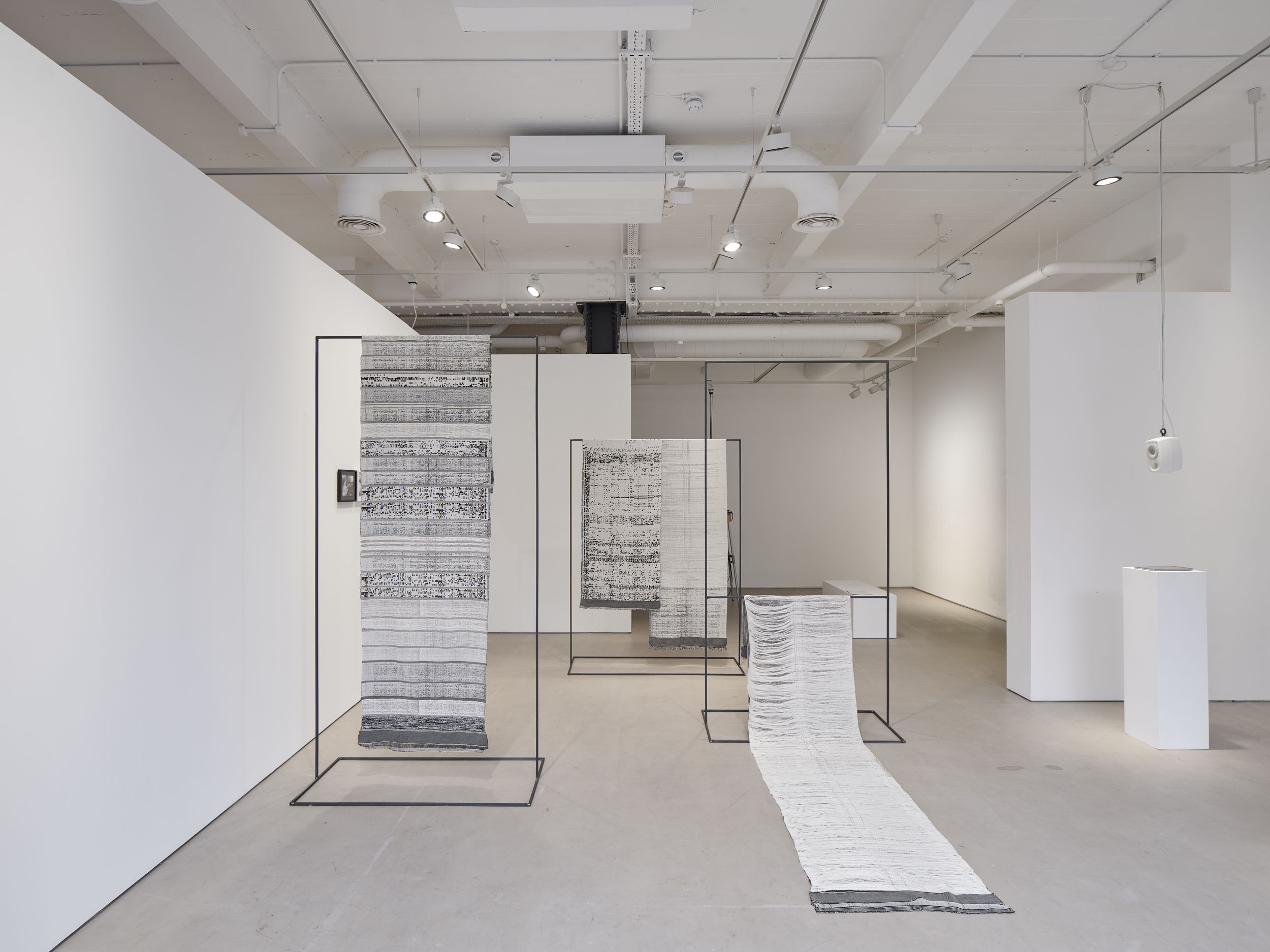
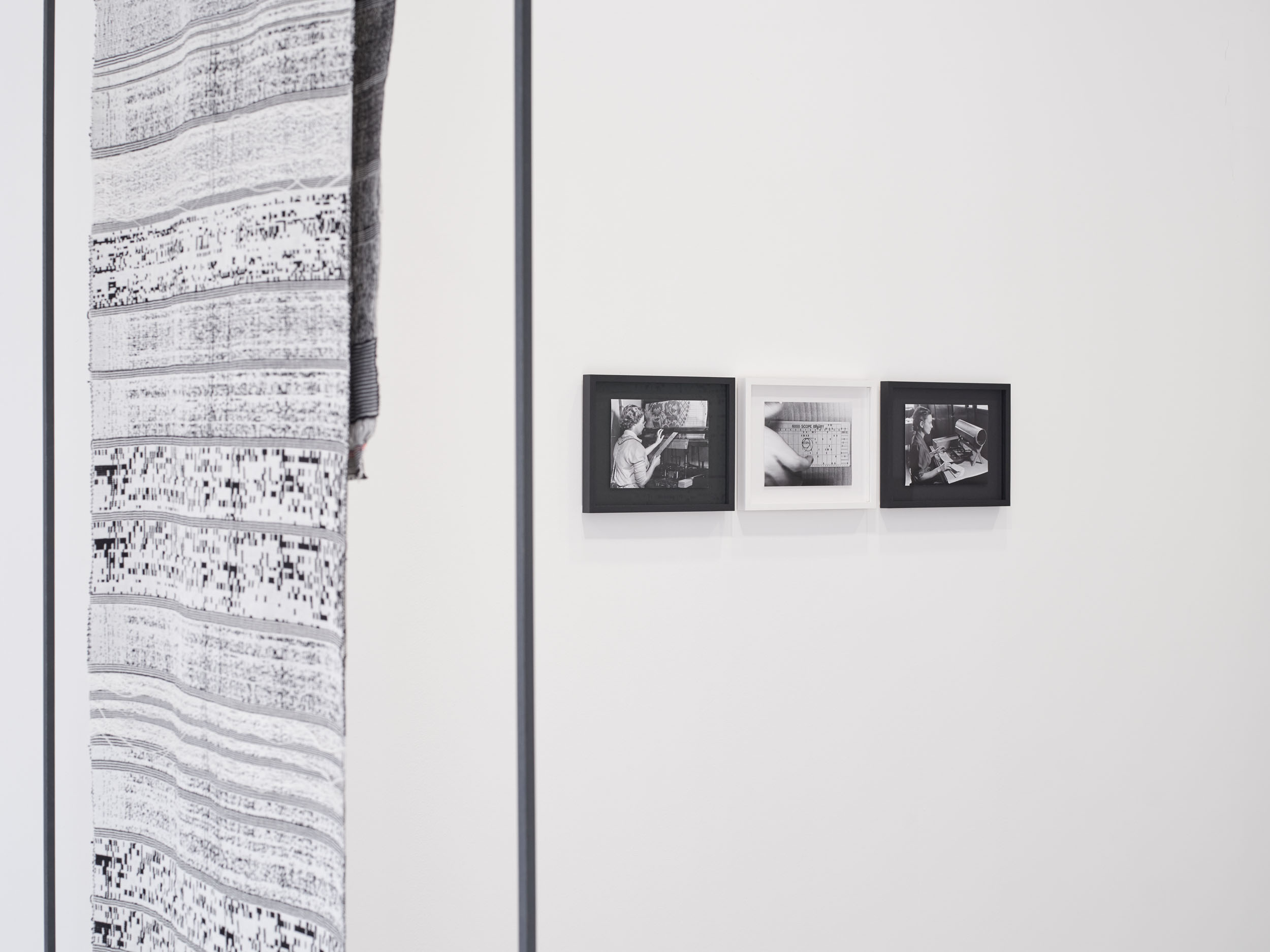
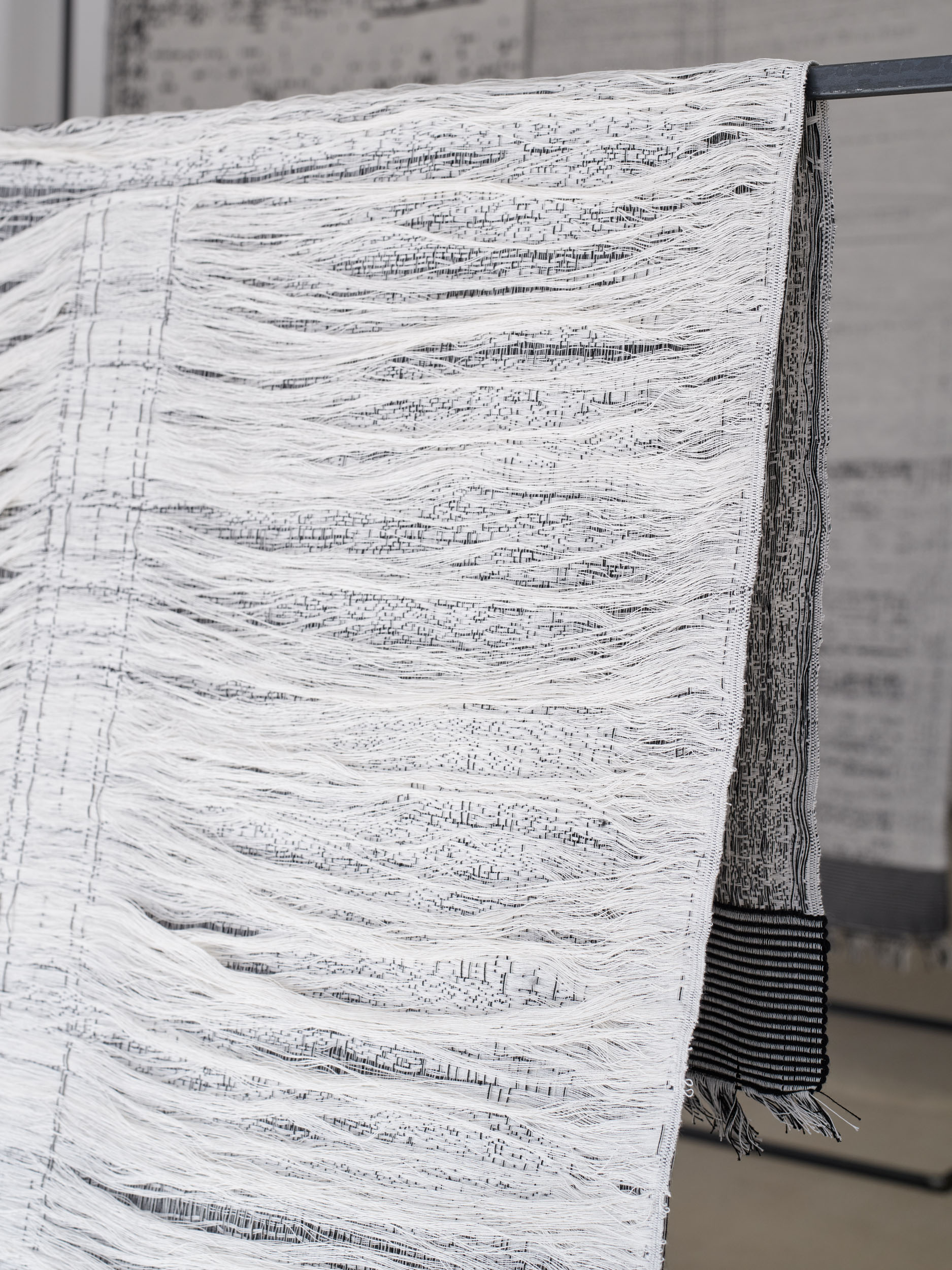
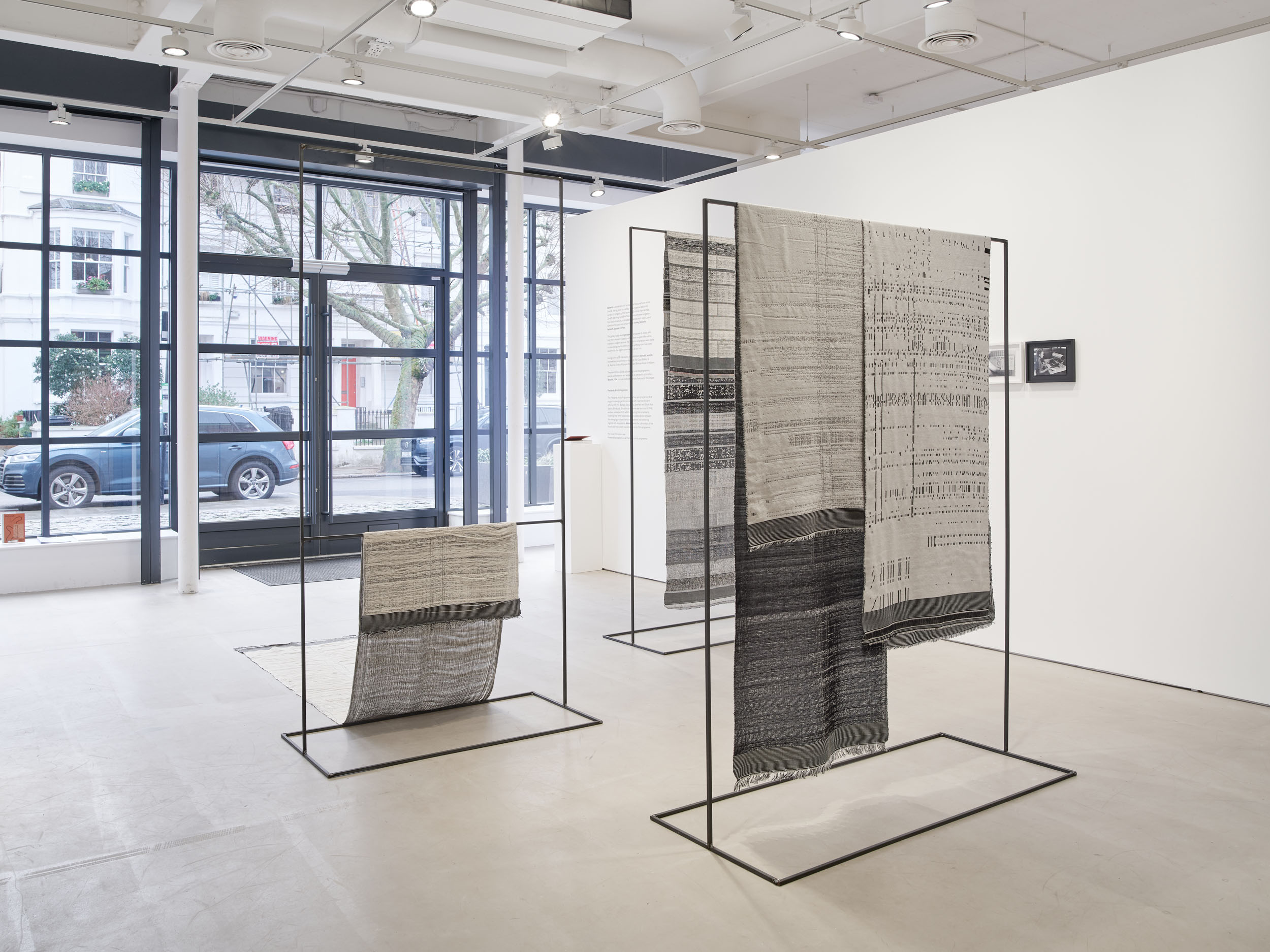
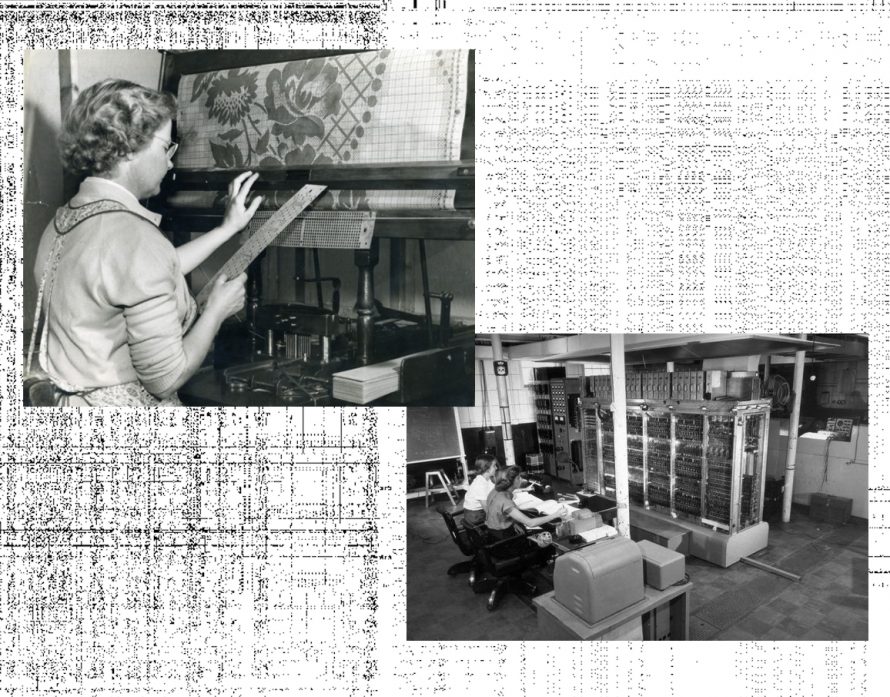
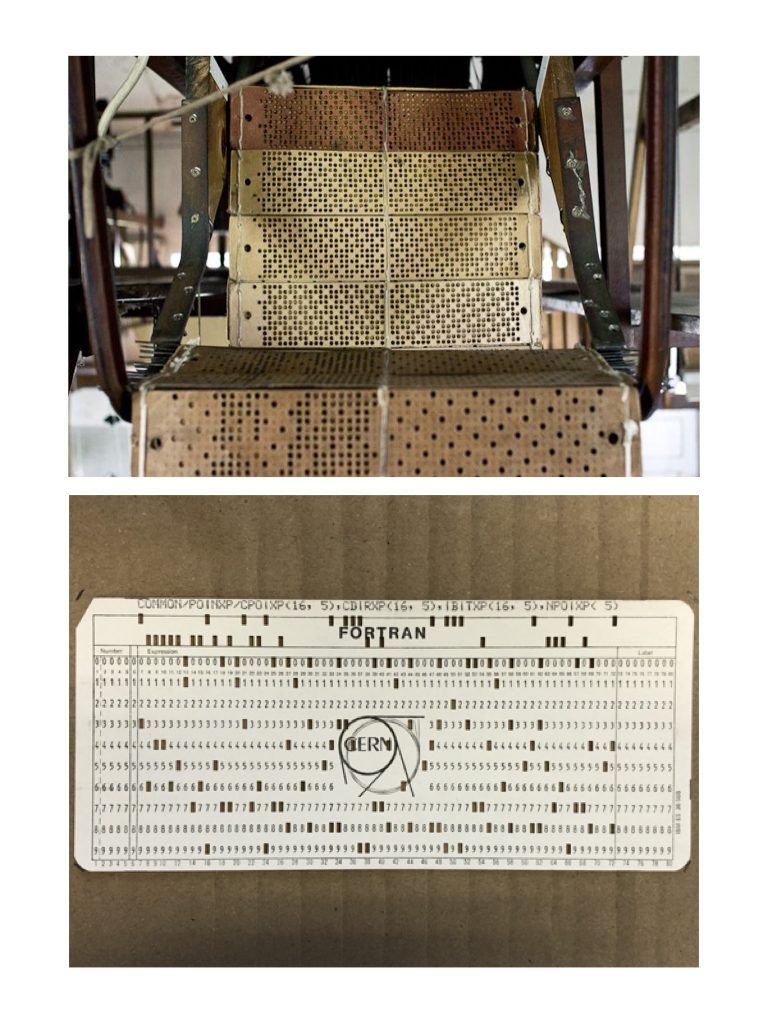
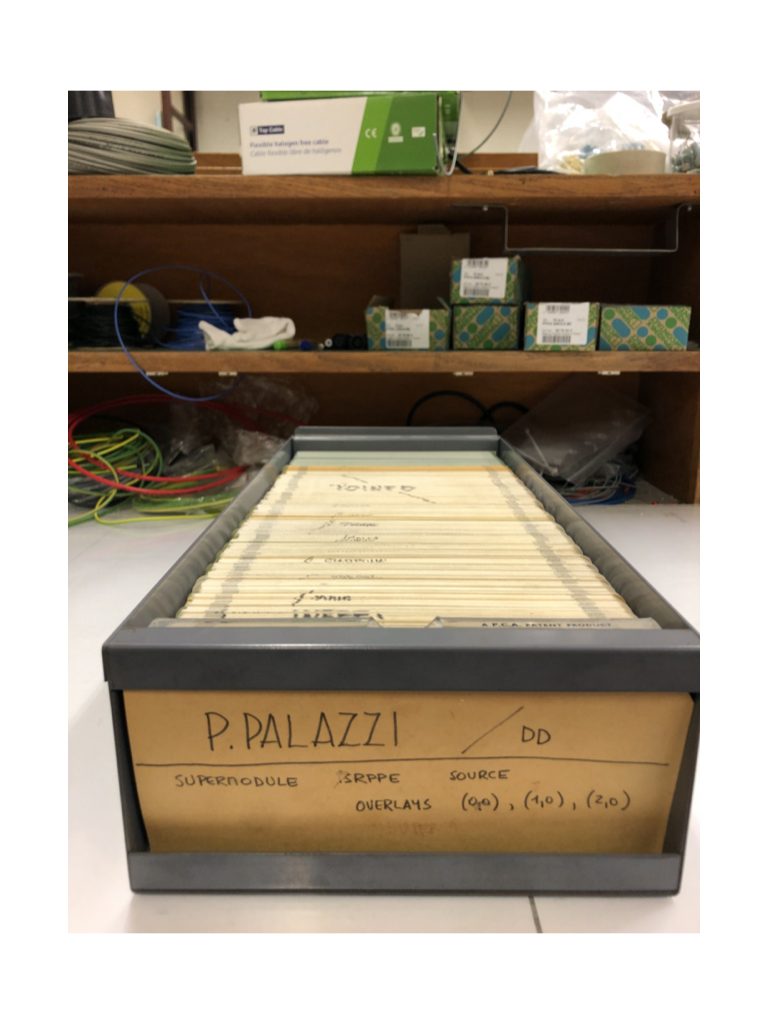
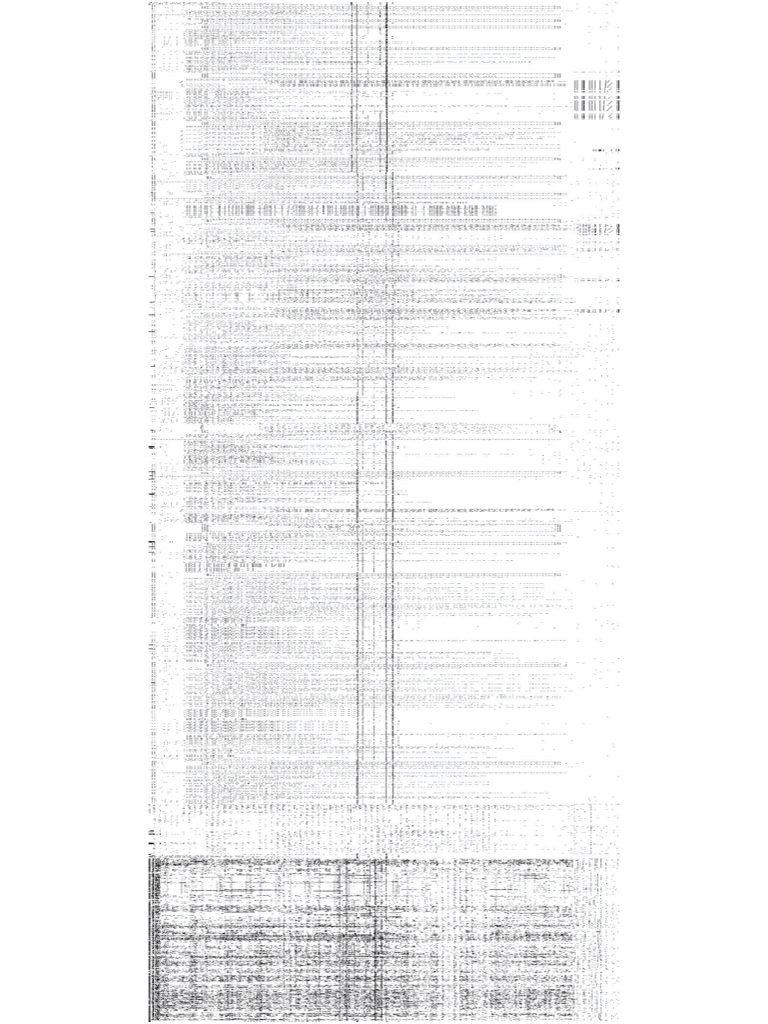
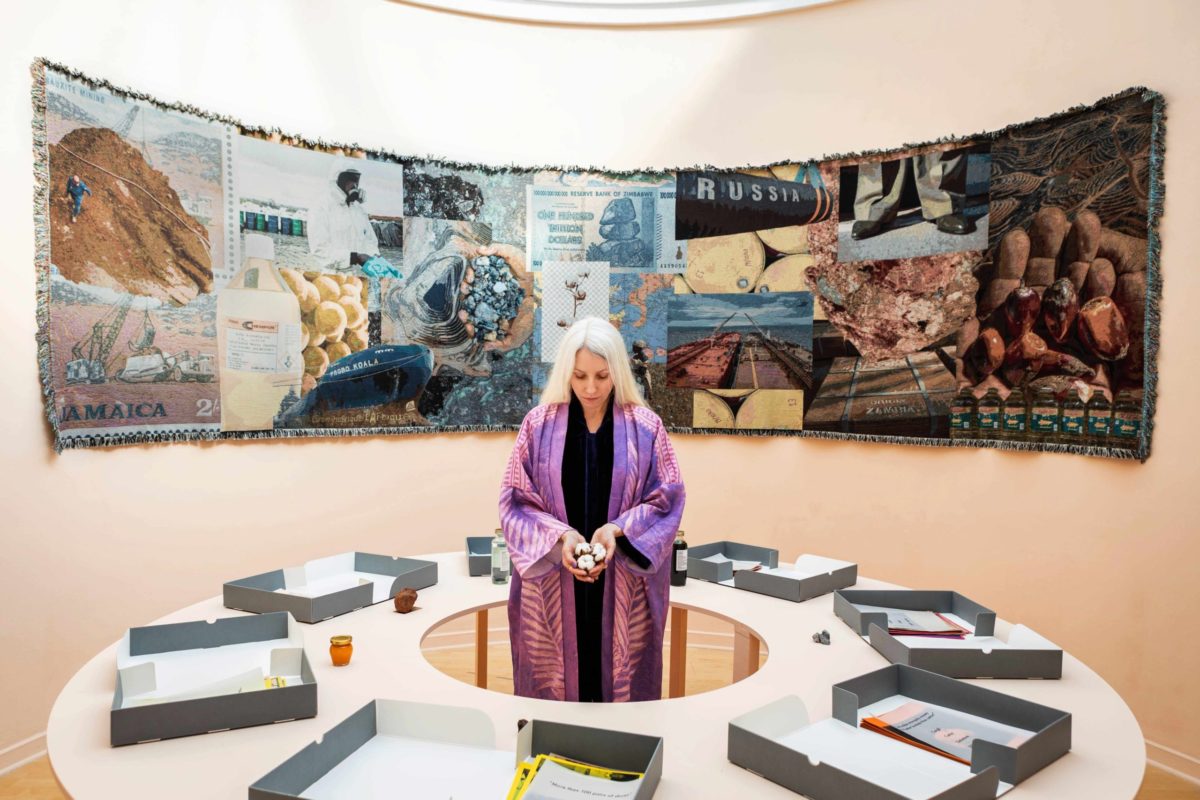
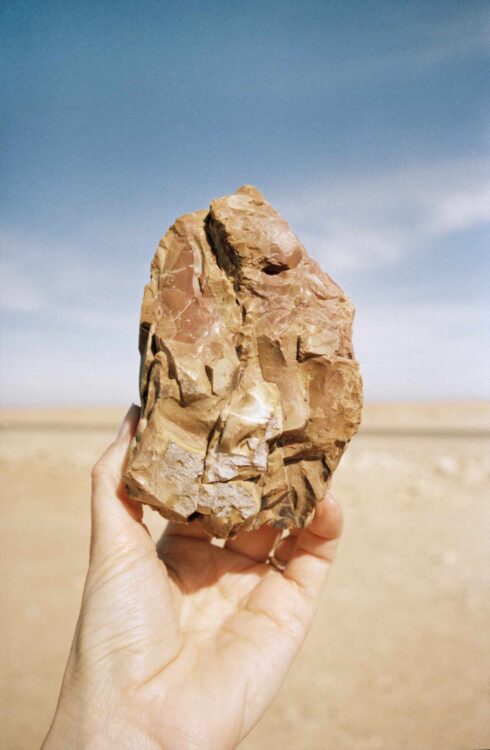
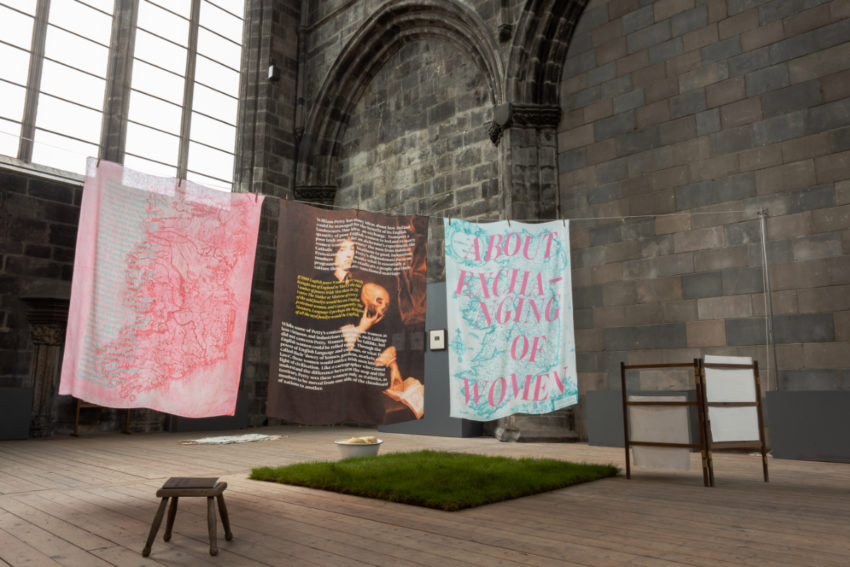
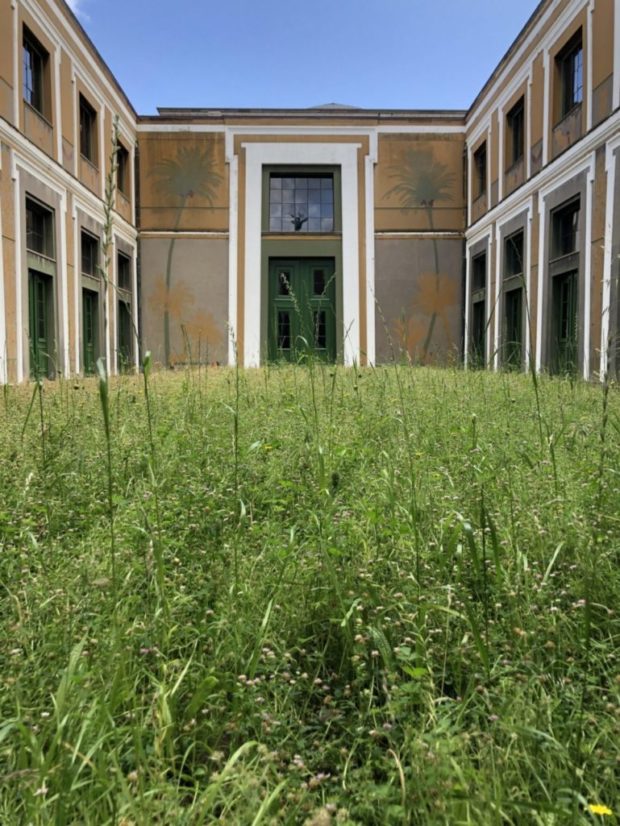
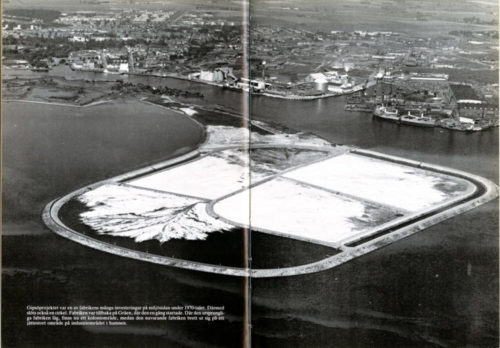
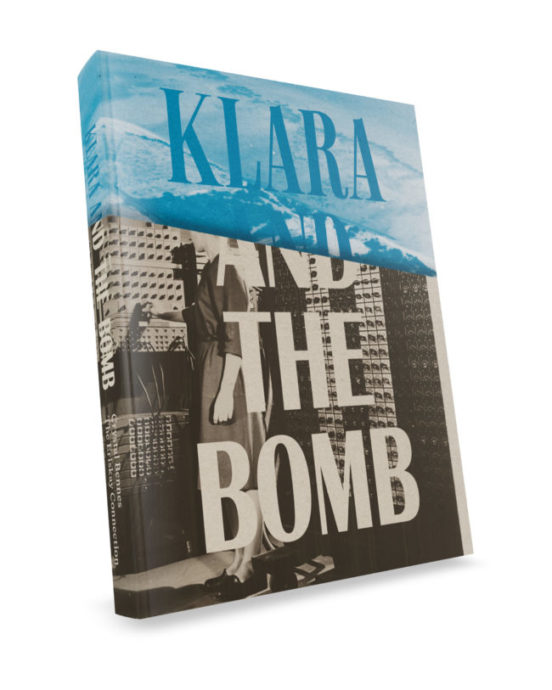
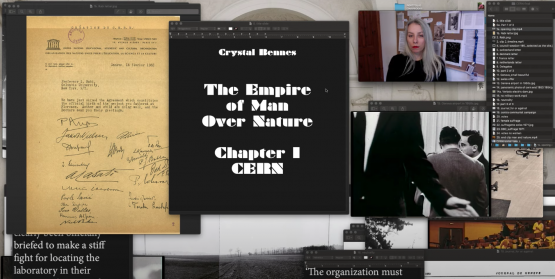
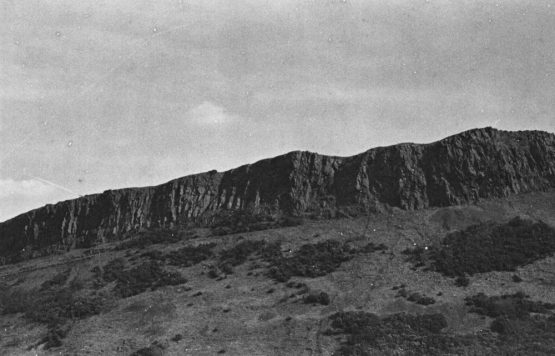
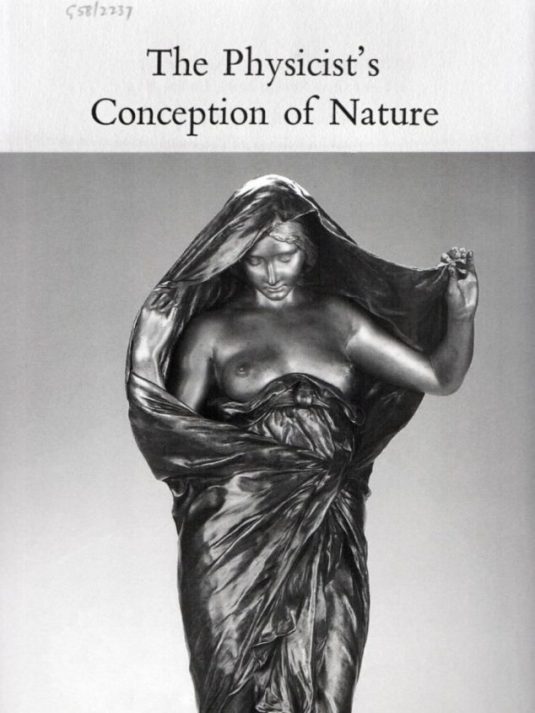
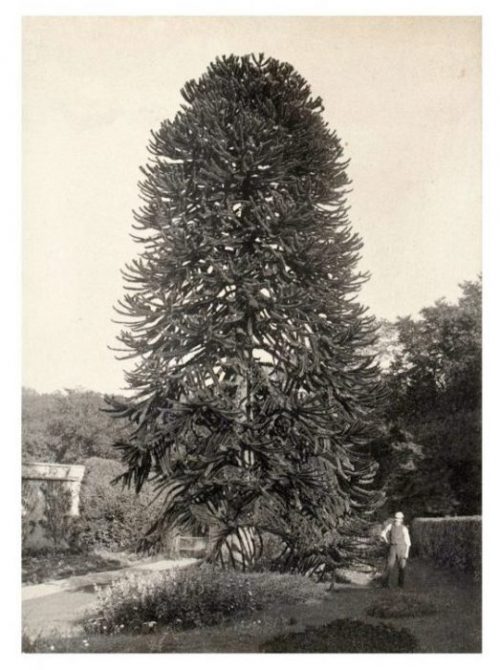
Comment 1